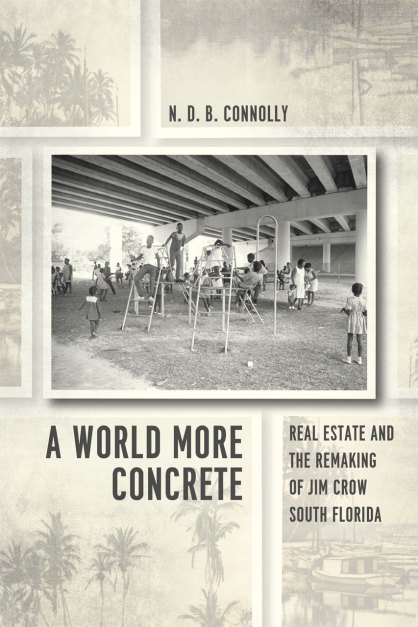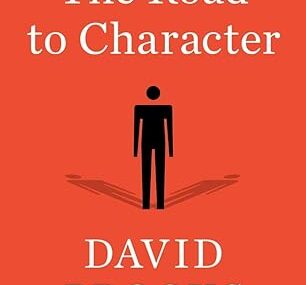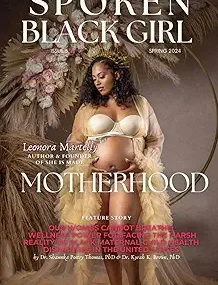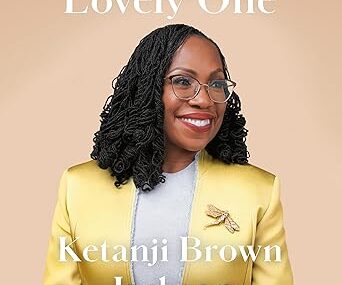
Hot Off the Presses: A World More Concrete by N.D.B. Connolly
N.B.D. Connolly’s much anticipated monograph on metropolitan Miami is finally out and available for pre-order. (Amazon, UChicago). Connolly wrote a popular response to Ta-Nehisi Coates‘ reparations article on this blog, and has been on television and radio of late, including WEAA Baltimore’s Marc Steiner show and WUNC’s The State of Things discussing redlining. Connolly is an assistant professor of history and co-director of the Racism, Immigration, and Citizenship Program at Johns Hopkins University.
From the author:
A World More Concrete A World More Concrete: Real Estate and the Remaking of Jim Crow South Florida explores the history of real estate development and political power by offering an unprecedented look at the complexities of property ownership during the early and mid-twentieth century. The book argues that black and white property owners, in their various defenses of property rights, used Jim Crow segregation and other forms of white supremacy as instruments of economic growth and as core features of liberal governance. In Greater Miami as elsewhere, racially inflected urban redevelopment programs, segregated slum housing, “Whites Only” hotels, and other markers of Jim Crow’s built environment served as extensions of a political culture in which the better-off were always supposed to speak for the worse off, and where poor people, and especially poor black people, seemed most useful in generating other people’s wealth.
In the rich geography and diverse populations it renders, A World More Concrete affirms widely held beliefs that Greater Miami has always exhibited certain rare qualities, especially as it concerns the city’s Caribbean affinities. Yet, the book also explains how inhabitants of a seemingly exceptional city lived under a decidedly unexceptional political and pro-growth atmosphere – one that between the 1910s and 1960s reconciled apartheid with market practices and created more supple and, thus, more durable forms of racial segregation.
A World More Concrete makes two major contributions to the history of the twentieth-century United States and the wider Atlantic World. First, the book contends that it absolutely mattered that most civil rights leaders were also landlords and homeowners. Under the confines of American constitutional law, the activism of actual and aspiring black property owners ensured that the vocabulary of civil rights became synonymous with property rights. From the late nineteenth century on, in fact, black visions of equality depended less on inherently progressive or abstract communitarian ideals than on perceiving and strengthening an explicit link between citizenship, taxpayer rights, and the right to use violence in defense of private property. It’s A World More Concrete‘s focus on economic interests (rather than strict ideology) that enables the book to make its second major contribution: the desegregation of US political history. Capitalism, especially under Jim Crow, relied on a measure of interracial intimacy and collaboration that lubricated the flow of money and, at times, kept certain forms of government regulation at bay. Indeed, the book shows in no uncertain terms that the evolution of the American liberal state happened in direct concert with how effective people were at making money from and literally negotiating the color line decade upon decade.



